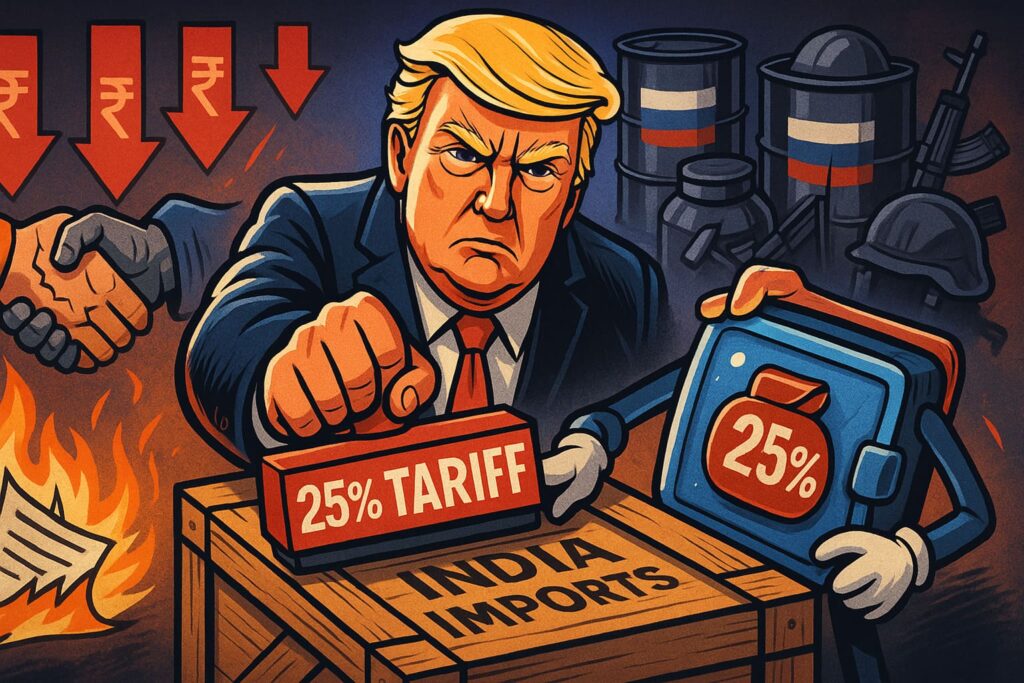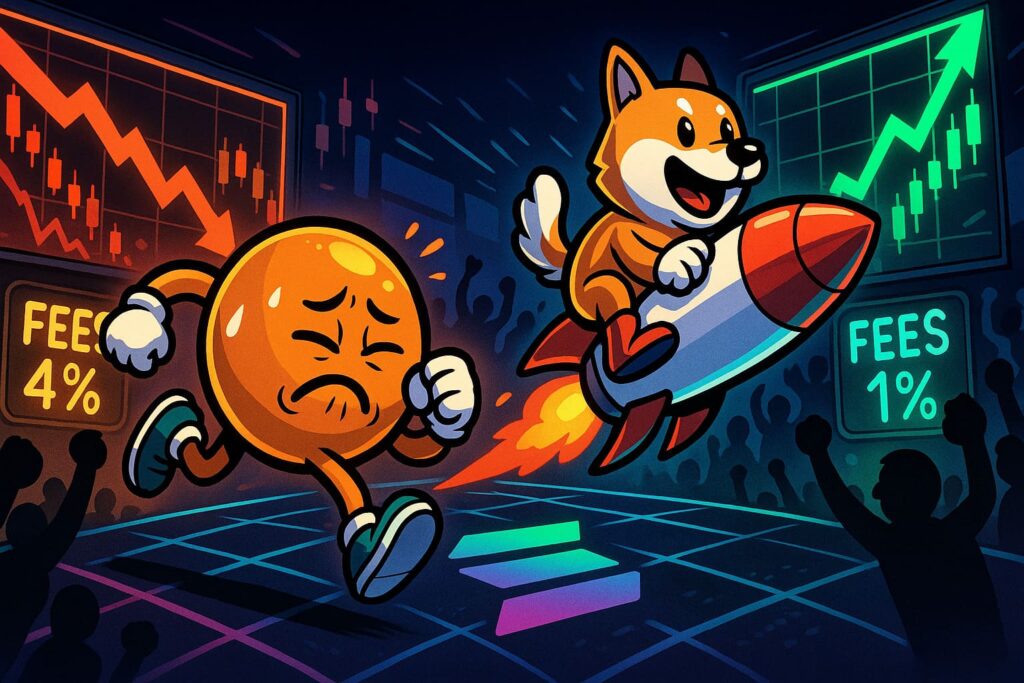Crypto Leverage Trading Guide: How to Multiply Gains and Manage Risks

Introduction: What Is Leverage in Crypto Trading?
Crypto leverage trading allows traders to borrow funds to increase their position size beyond their actual capital. For example, with 10x leverage, $100 becomes $1,000 in buying power. This can magnify profits — but it also magnifies losses.
Leverage trading is popular in crypto because of the market’s volatility. Small price moves can translate into big gains with leverage, making it attractive to risk-takers. But without risk management, leverage can quickly wipe out accounts.
How Leverage Trading Works
- Collateral: You deposit margin (your own capital).
- Leverage Multiplier: The exchange lets you open a larger position.
- Example: 10x leverage means every $1 controls $10 worth of crypto.
- Liquidation: If price moves against you, your margin can be wiped out and your position closed automatically.
Popular leverage ratios:
- 2x–5x: Safer, common for beginners.
- 10x–20x: High risk, used by experienced traders.
- 50x–100x: Extremely risky, available on some exchanges but not recommended.
Spot vs Futures Trading
- Spot Trading: You buy/sell actual crypto assets. No leverage by default.
- Futures Trading: You trade contracts that allow leverage, both long (betting price goes up) and short (betting price goes down).
Most leverage trading happens in futures markets on exchanges like Binance, Bybit, and OKX.
Benefits of Leverage Trading
- Amplified Profits: Small price changes can yield significant returns.
- Shorting Opportunities: Make money when markets fall.
- Capital Efficiency: Trade larger positions with less upfront capital.
- Flexibility: Choose leverage levels to match your risk appetite.
Risks of Leverage Trading
- Liquidation Risk: Positions can be closed quickly if price moves against you.
- Overtrading: Easy to take on more trades than your capital allows.
- Emotional Stress: Fast swings in PnL (profit and loss) trigger panic.
- Compounding Losses: A few bad trades can wipe out entire balances.
Risk Management in Leverage Trading
Professional traders survive by controlling risk. Key practices include:
- Start Low: Use 2x–5x leverage until experienced.
- Use Stop-Loss Orders: Always protect downside.
- Set Position Sizes: Never risk more than 1–2% of account per trade.
- Take Partial Profits: Lock in gains as price moves favorably.
- Avoid Revenge Trading: Don’t increase leverage after a loss.
Strategies for Leverage Trading
1. Breakout Trading
- Identify consolidation zones.
- Enter long/short when price breaks support or resistance.
- Confirm with volume to avoid fakeouts.
2. Trend Following
- Trade with moving averages or trend lines.
- Go long in uptrends, short in downtrends with moderate leverage.
3. Range Trading
- Buy near support and sell near resistance within a sideways range.
- Use small leverage to avoid liquidation on wicks.
4. Scalping
- Make dozens of quick trades capturing small moves.
- Requires high focus and strict discipline.
Tools You’ll Need for Leverage Trading
- Exchanges: Binance Futures, Bybit, OKX.
- Charting: TradingView for technical analysis.
- Indicators: RSI, MACD, VWAP, Bollinger Bands for entries/exits.
- Risk Calculators: To size positions correctly.
- Alerts & Bots: For faster reaction to volatility.
Example of a Leverage Trade
Suppose Bitcoin is at $50,000. A trader opens a $1,000 position with 10x leverage, controlling $10,000 worth of BTC.
- If BTC rises 5% ($2,500), the trader earns $2,500 on a $1,000 margin = +250%.
- If BTC drops 5%, the trader is liquidated, losing nearly all margin.
This highlights both the potential and danger of leverage.
Who Should and Shouldn’t Use Leverage
Best for:
- Experienced traders with strict risk management.
- Short-term traders who monitor markets actively.
Avoid if:
- You’re a beginner still learning basics.
- You can’t handle emotional stress.
- You’re trading with money you can’t afford to lose.
Takeaway
Leverage trading in crypto can be a powerful tool for multiplying gains — but it’s equally capable of multiplying losses. Success depends on starting small, managing risk, and trading with discipline.
Use leverage as a tool, not a shortcut. The traders who win long-term respect leverage’s risks as much as its rewards.








































































































































































